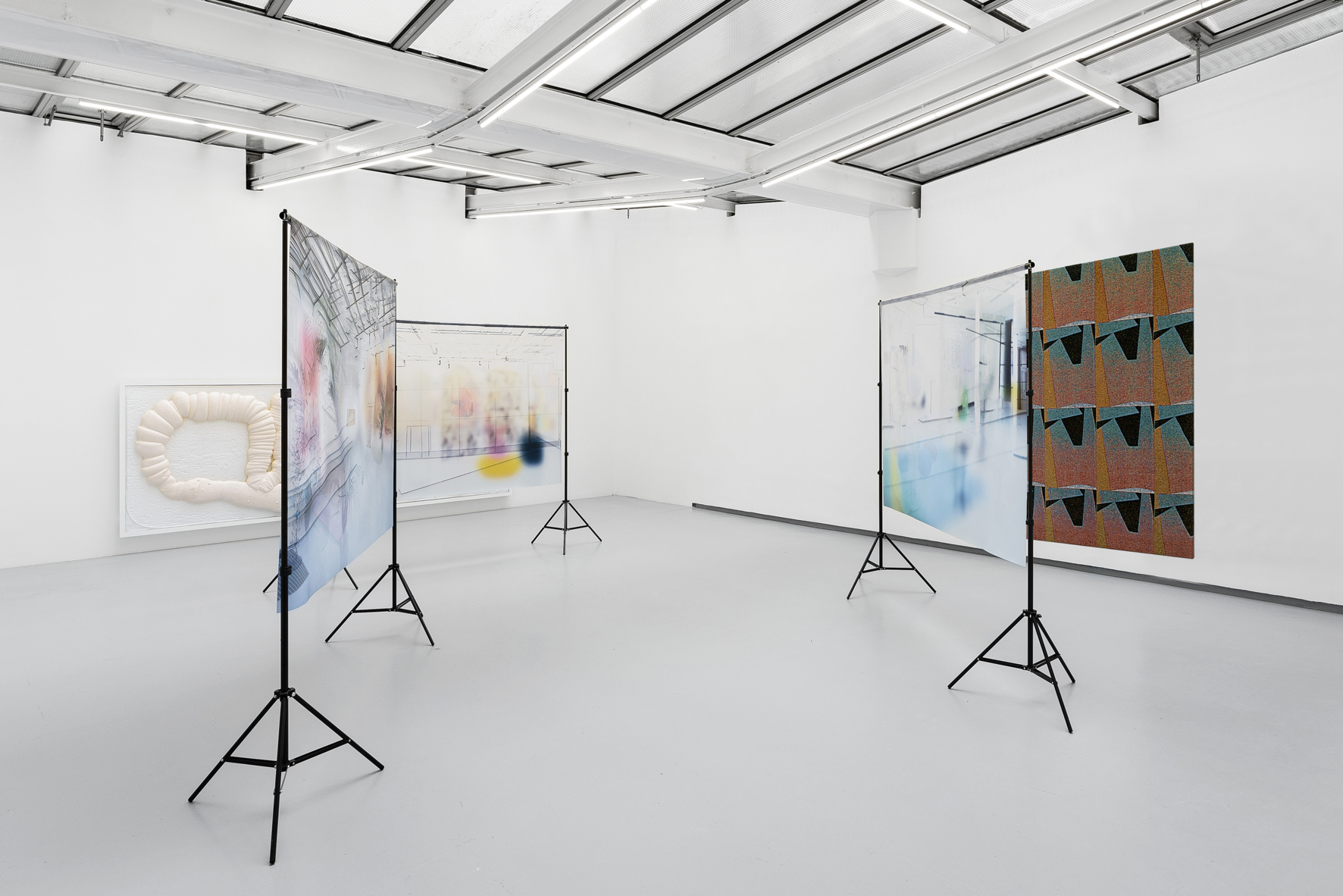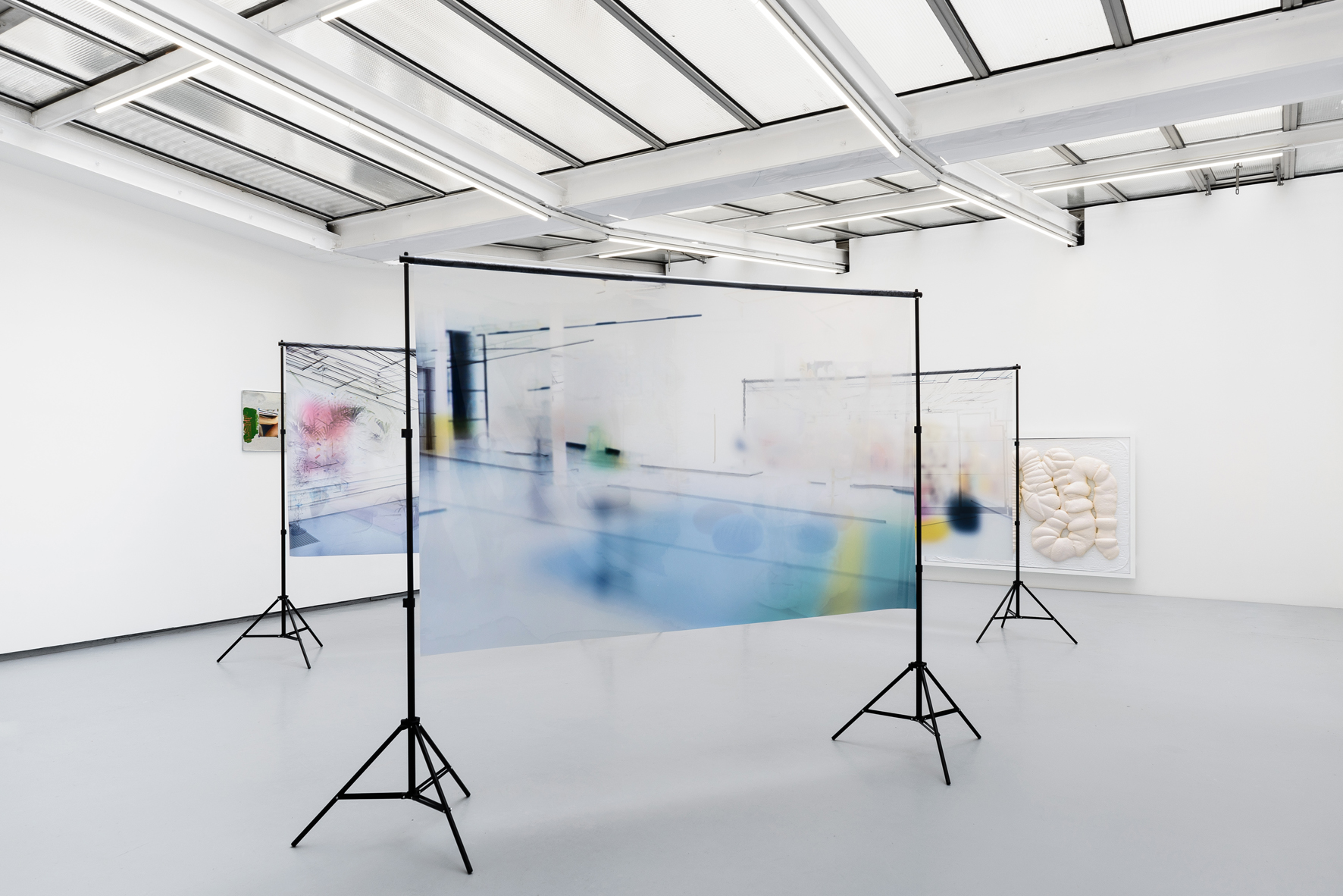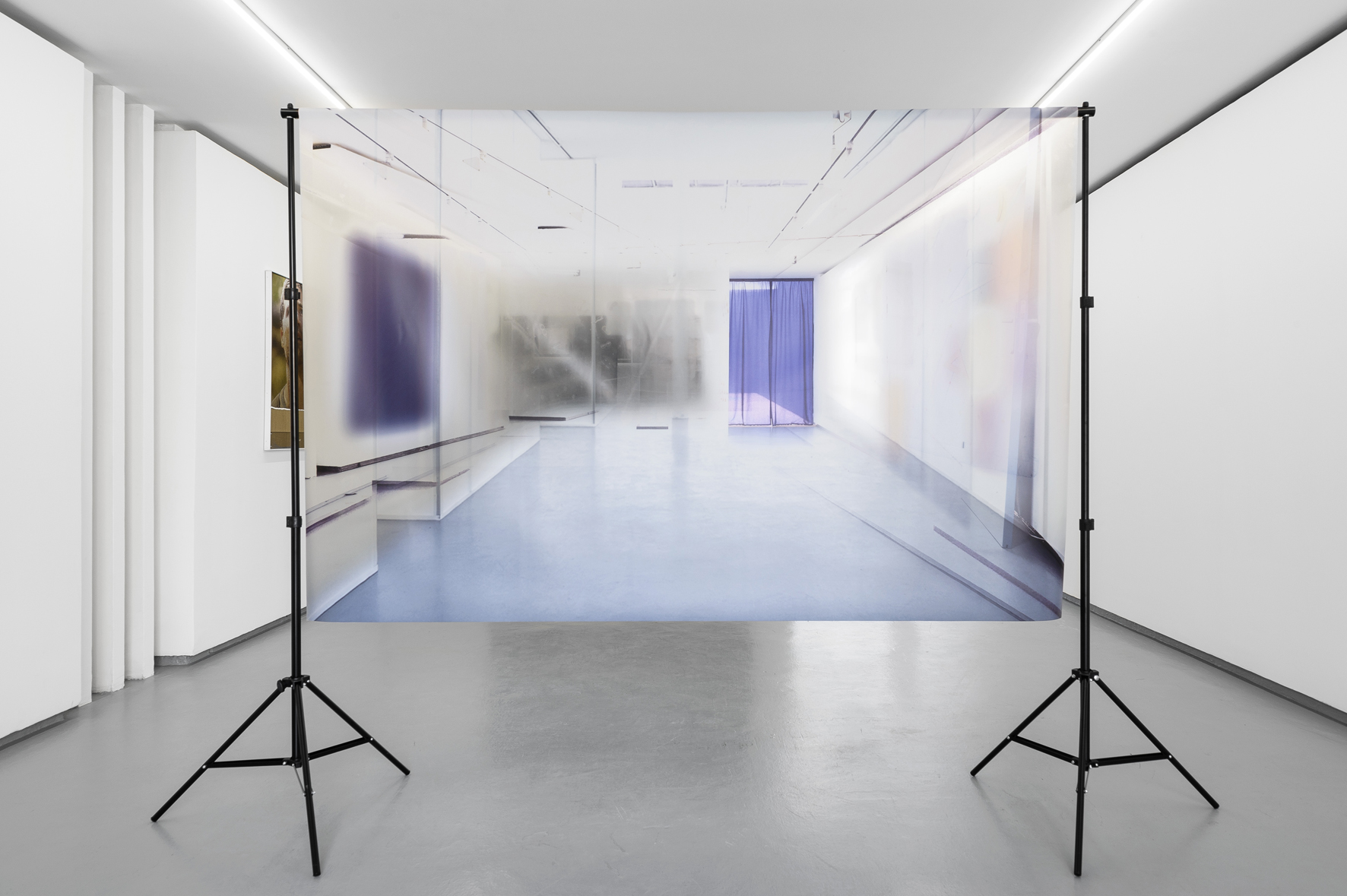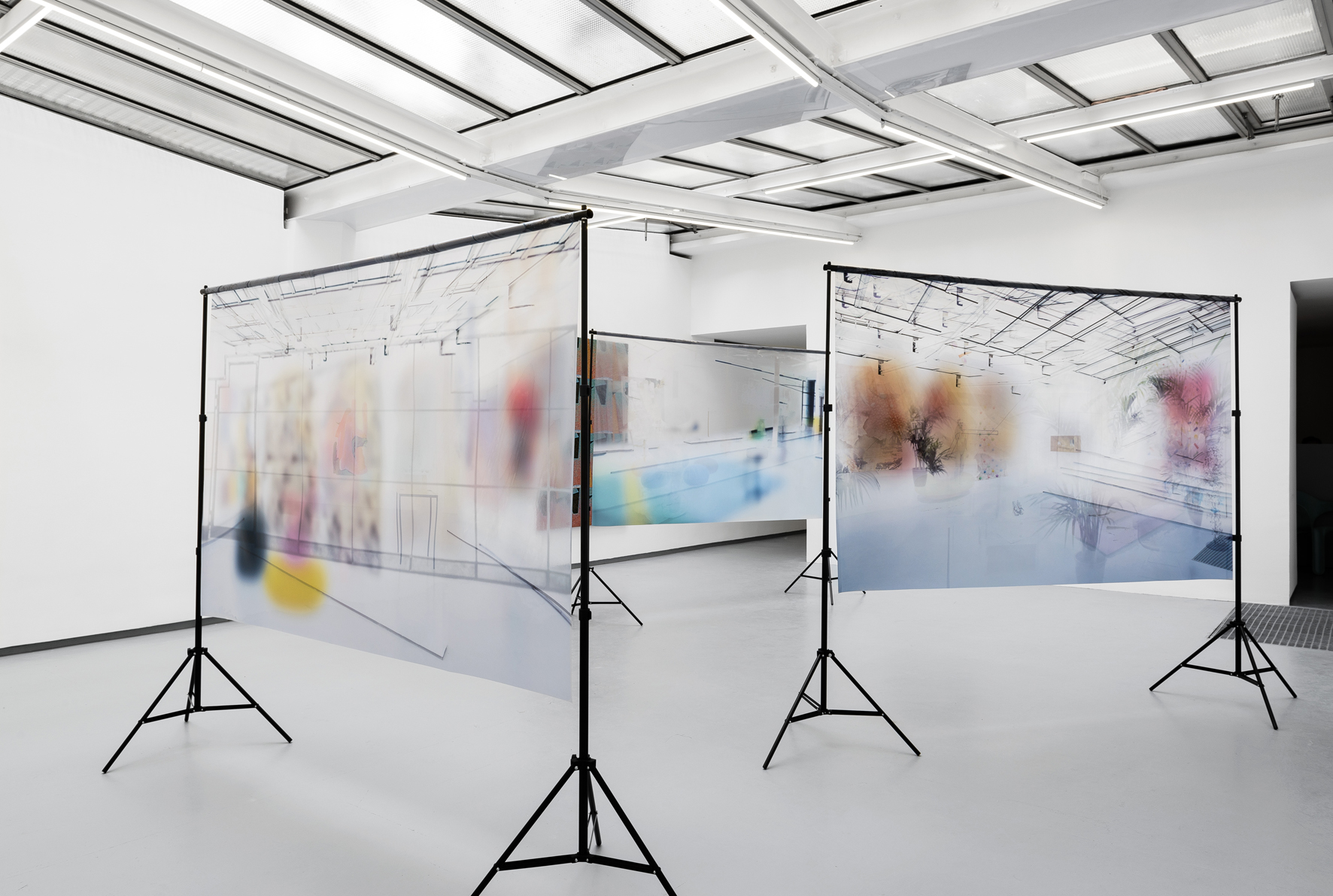STOD-04: It's Our Playground
It's Our Playground, "Reconstructive Memory"
Galerie Valentin, Paris, from july 1st to 23rd of july 2016.
Group show with: Michael Assiff, Gina Beavers, Nicolas Deshayes, Travess Smally, Philipp Timischl and Hayley Tompkins.
Image courtesy of the artists & Galerie Valentin
Photographer: Grégory Copitet
It's our Playgroung is an artist duo composed of Camille Le Houezec and Joey Villemont. Most of IOP's initiatives take the form of exhibitions, online projects, scenographies or installations, which have the particularity of using curating as a medium. IOP pursues an unneurotic exploration of forms of presentation, exhibition setups and the internet's influence on contemporary life and art.
Reconstructive Memory is an English term borrowed from cognitive psychology meaning that memory is not a faithful reproduction of past events but rather a mental faculty based on recollection/reconstruction processes. Depending on our emotions, our level of tiredness, our beliefs, we may reconstruct episodes from our lives in a way that leads to distortions, alterations and false memories.
Since the invention of computers, the data-storage race has been generating technological debates. The machines are obliged to keep offering more memory to enable us to preserve our own. Like a search engine, our brain uses this external memory more and more, and invents strategies to free itself from the overload of amassed information. It therefore knows where to find the details it needs, without needing to store the contents: a new way to operate our encephalon, approaching a form of artificial intelligence.
It has now become a habit on the internet: documentation precedes exhibition visits. Those immaculate images purged of all imperfections circulate quickly, often substituting for the works, which must be photogenic above all. In Reconstructive Memory, we further accentuate the difference between the physical encounter with the pieces and their discovery through documentation. In fact, although we are able to get close to the works in the gallery, the experience behind the screen is disrupted by large printed transparent filters placed in the axis of the pieces hung on the gallery walls, allowing only a partial view of these.
Whether it be the paintings that Gina Beavers has carefully modeled and painted based on photographs gleaned on Google images; poetic collages by Hayley Tompkins made up of rephotographed advertisements arranged on galvanized metal panels; thermally moulded intestinal paintings by Nicolas Deshayes; sculpted paint by Michael Assiff; varnished, melancholic paintings by Philipp Timischl; or the woven digital image by Travess Smalley, the works presented in the space are hard to understand by means of a two-dimensional image. Beyond their meaning, they were chosen for their complex materiality and appear muddled, as if they had poorly digested their transfer to the screen. Fleshy, corporeal, reflecting our own anatomy, they make Reconstructive Memory an exhibition you want to roam, explore, even touch.
The large-format prints placed in the visitor’s field of vision were made from Galerie Valentin’s photographic archives. During the consultation period, our own memories of visits to rue Saint-Gilles resurfaced. We were gripped by the specificities of the place and the hanging automatisms that led successive photographs to produce five recurring viewing angles. Collages created by superimposing and deforming dozens of exhibition views are seen as memory interfaces, amnesic traces of the past thirteen years. Taking as their very subject the place in which they have been set up, these porous screens oscillate between scenographic elements and contextual sculptures. These ambiguous filters, conceived as pieces that condition access to the works and unsettle visitors, act as revelatory reproductions offering a new perspective on the work of the invited artists.
Text extracted for the Galerie Valentin press release.
http://www.galeriechezvalentin.com/en/exhibitions/2016/IOP2016A/
It's Our Playground
http://www.itsourplayground.com
Specific Takeover on Data is the specific rubric of Maxime Guyon. Intended on spreading original discoveries through the work of artists who are focusing on contemporary alterations within the medium of photography.



